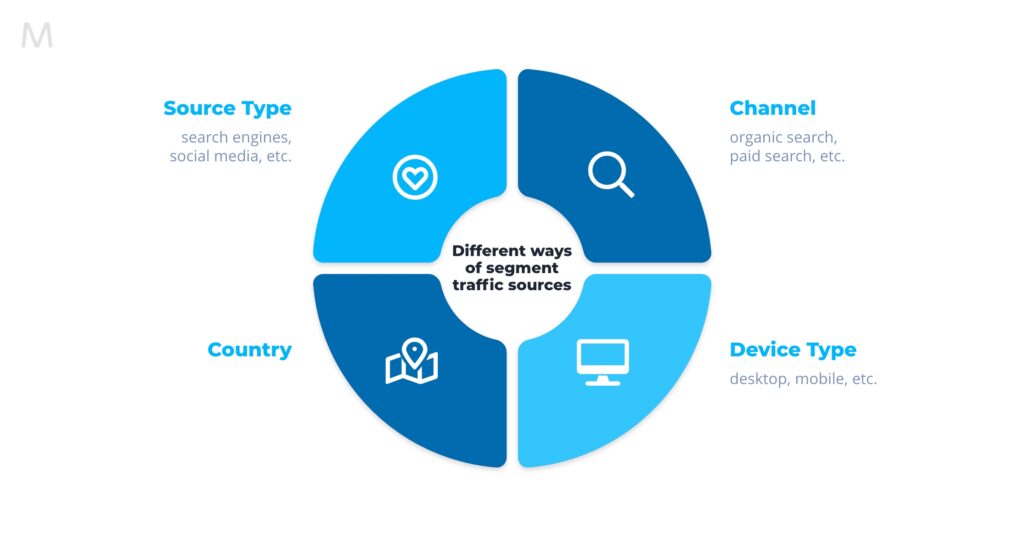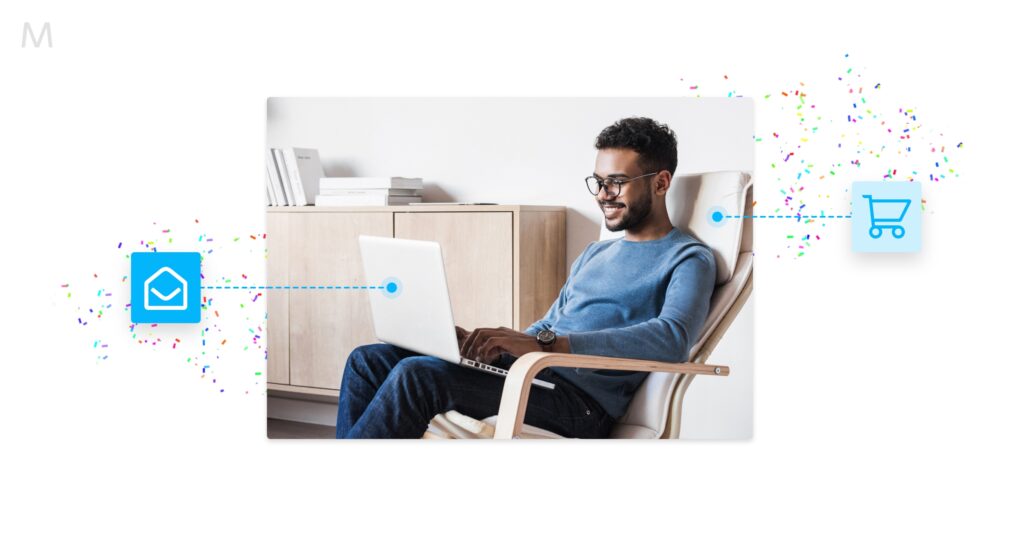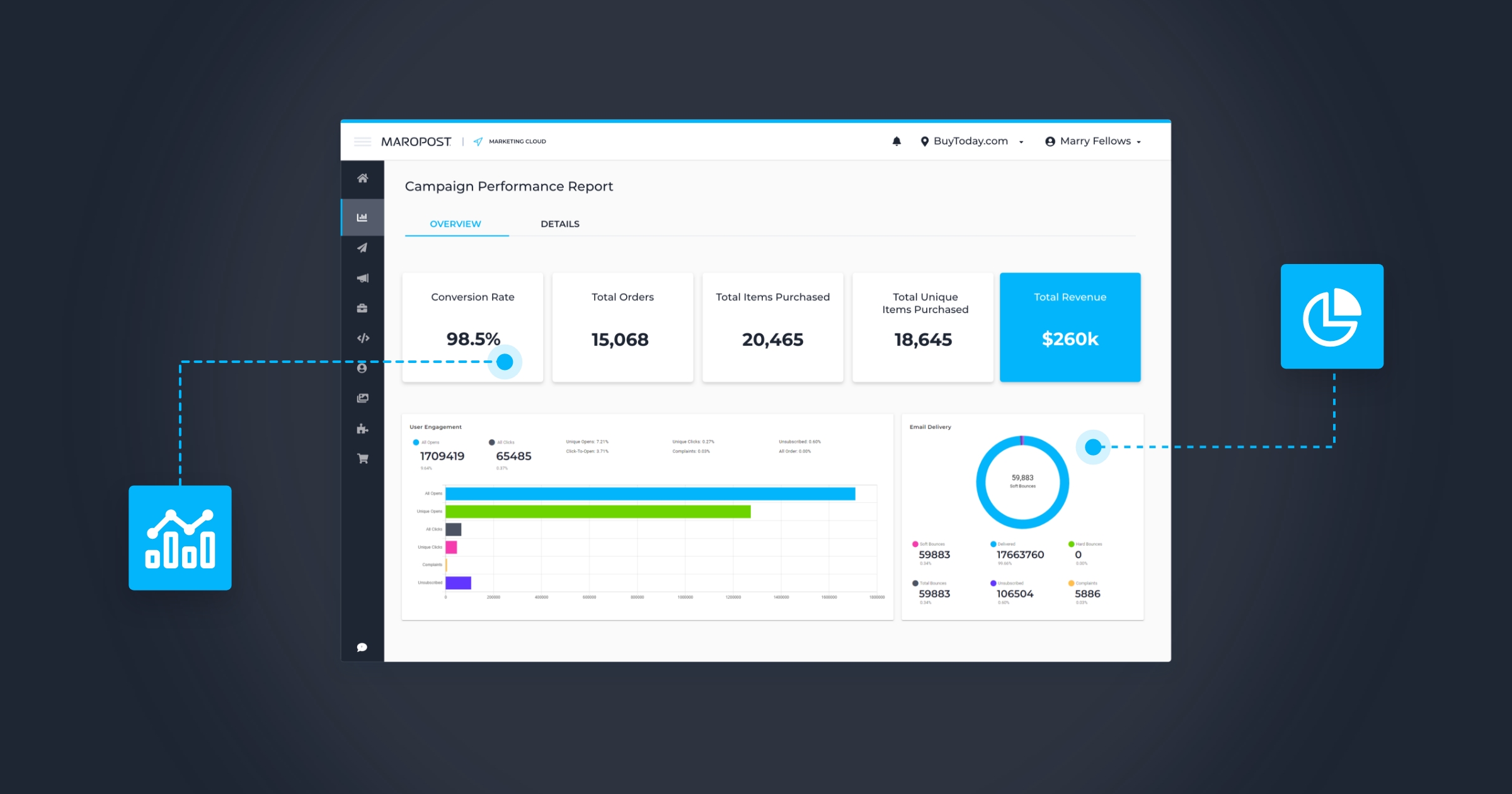Are you using your data to its fullest potential? If not, you could be missing out on key insights that could help boost your website’s conversion rate. Here are seven ways to use advanced reporting to get more out of your data.
- Create a custom conversion funnel
- Segment your traffic
- Understand your Customers’ Life Cycle
- Find New Opportunities with Cohort Analysis
- Identify your Most Profitable Marketing Channels
- Evaluate the Impact of Changes in your Business
- Predict the Future of your Business
- Boost Conversions Through Data
1. Create a Custom Conversion Funnel
One way to use advanced reporting to boost conversions is to create a custom conversion funnel. This will allow you to track the progress of users through your website and identify any areas where they are dropping out. You can then make changes to improve your conversion rate. Let’s say that your case studies aren’t as engaging. Thanks to these insights, you’ll know that you need to improve your content before sending leads that way.
2. Segment your Traffic
Another way to use advanced reporting is to segment your traffic. This will allow you to see how different groups of users are interacting.
When it comes to traffic, not all sources are created equal. Some sources are more likely to result in conversions than others. By segmenting your traffic sources, you can focus your efforts on the sources that are most likely to result in conversions.

You can segment your traffic sources in a number of different ways, including:
- Source type (search engines, social media, etc.)
- Channel (organic search, paid search, etc.)
- Country
- Device type (desktop, mobile, etc.)
By segmenting your traffic sources, you can identify which sources are most effective and focus your efforts on those sources. You can also determine which sources need improvement and work to improve them. For example, if a recent blog post drove lots of traffic, you’ll know that this topic is highly relevant and you can repurpose that content a few more times to capture the momentum.
3. Understand your Customers’ Life Cycle
It’s important to know where in the customer’s life cycle they are when you’re running your ads. By understanding this, you can better target your ads and increase your chances of conversion while decreasing bounce rates. You’ll also know what call to action performs better for each particular audience.

For example, if you’re selling a product that’s for a one-time use, then you’ll want to target people who are closer to the end of their buying cycle. This is because they’re more likely to buy your product since they’re getting close to the end of their purchasing journey.
On the other hand, if you’re selling a product that’s for a recurring use, then you’ll want to target people who are closer to the beginning of their buying cycle. Here’s an idea: entice them with a free trial to showcase what your product can do for them.
4. Find New Opportunities with Cohort Analysis
Cohort analysis is the process of examining a group of people who share a common characteristic, such as those who signed up for your email list on the same day. This can help you determine which marketing campaigns are most effective at acquiring new customers.
Once you have a cohort of customers, you can use advanced reporting to study their behavior and find new opportunities. For example, you can see which products they purchase, how often they make purchases, and what channels they use to interact with your brand – live chat, messages on social media, email, filling out a form, etc.
This data can help you identify which marketing campaigns are most effective to increase your conversion rate. You can also use it to create targeted offers and improve your customer retention rate. They shared their email address with you, so make that count!
5. Identify your Most Profitable Marketing Channels
Once you have a good understanding of your conversion funnel and which channels are driving the most traffic and potential customers, it’s important to focus on the channels that are most profitable for your business. Use your advanced reporting to help you identify which channels are generating the most revenue and ROI for your business.
Then focus your marketing efforts on these channels to get the most out of your marketing budget. That’s conversion rate optimization in a nutshel!
6. Evaluate the Impact of Changes in your Business
Reporting is essential for understanding how your business is performing. It can help you identify areas where you need to make changes in order to boost conversions. Advanced reporting can give you a more in-depth look at how your business is performing. This can help you determine the impact of any changes you make. For example, if you make a change to your website, you can use advanced reporting to see how that change has affected your conversions.
7. Predict the Future of your Business
Reports can help you make predictions about the future of your business by showing you how past trends have trended. You can use this information to make informed strategic decisions that will help boost your conversion rates. For example, if you see that demand for your product or service is slowly dwindling, you might decide to switch gears and produce a new product line that better meets customer needs.

Reports can also help you identify areas of improvement within your business. Maybe you notice that a particular landing page is converting poorly, or that a certain product is not selling as well as you had hoped. Armed with this information, you can make the necessary changes to improve your conversion rates and ultimately build trust with your customers.
Boost Conversions Through Data
Follow these 7 tips and see your conversions soar! Data will help you focus on only high-converting efforts and dedicate time to what really matters.
Need to chat about your marketing strategy?
More than 10,000 marketers use Maropost to engage with their prospects and customers through emails, SMS, social media and more. We’re here to help you grow your business!
Chat Now
